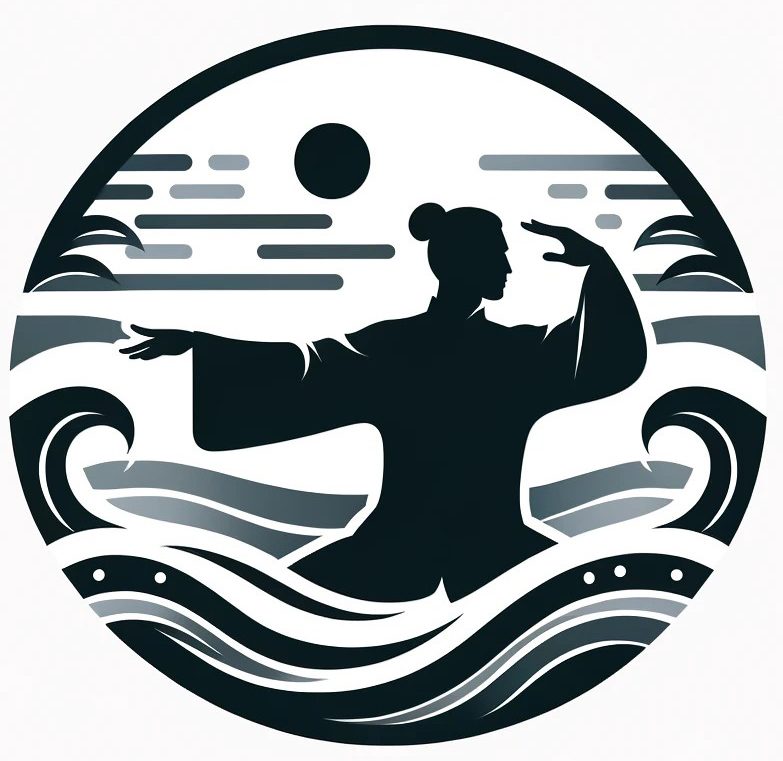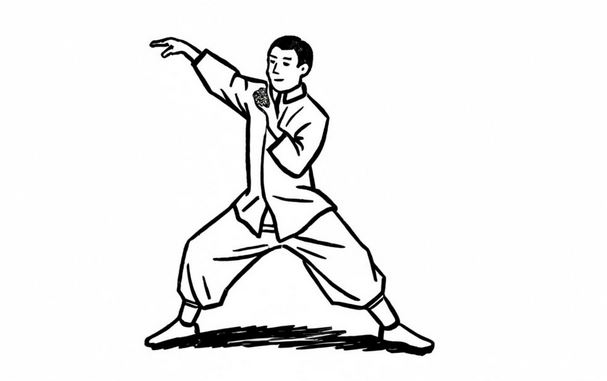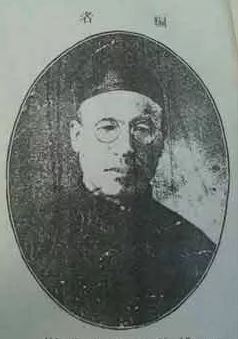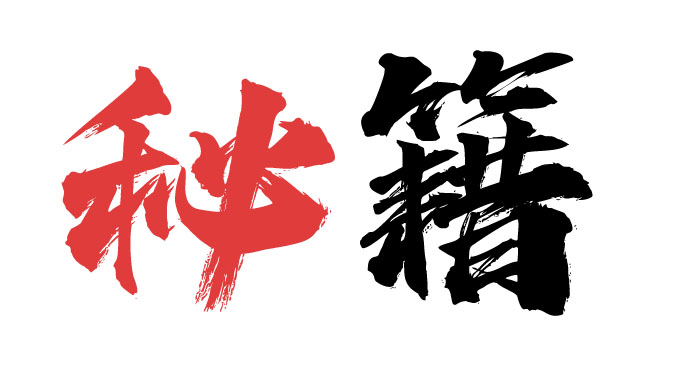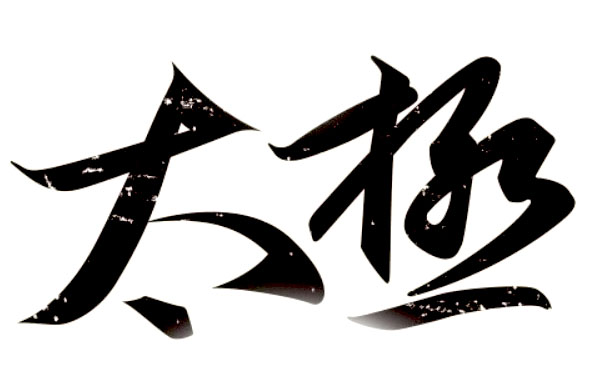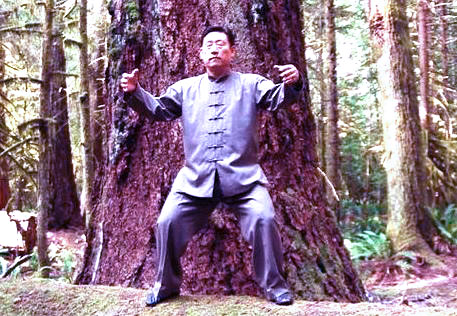How Xingyi Quan Can Be Extremely Lethal Within a Year ?
Xingyi Quan is a form of boxing known for its strong combat effectiveness. It is widely acknowledged for its simplicity and quick mastery; some may develop considerable fighting ability within a year, while others might achieve it in just a few months. However, many Xingyi Quan enthusiasts today possess minimal combat skills, and there have been instances where individuals practicing for years have been severely beaten in street fights. Why hasn't the effectiveness of "being able to fight within a year" been demonstrated in these cases?
